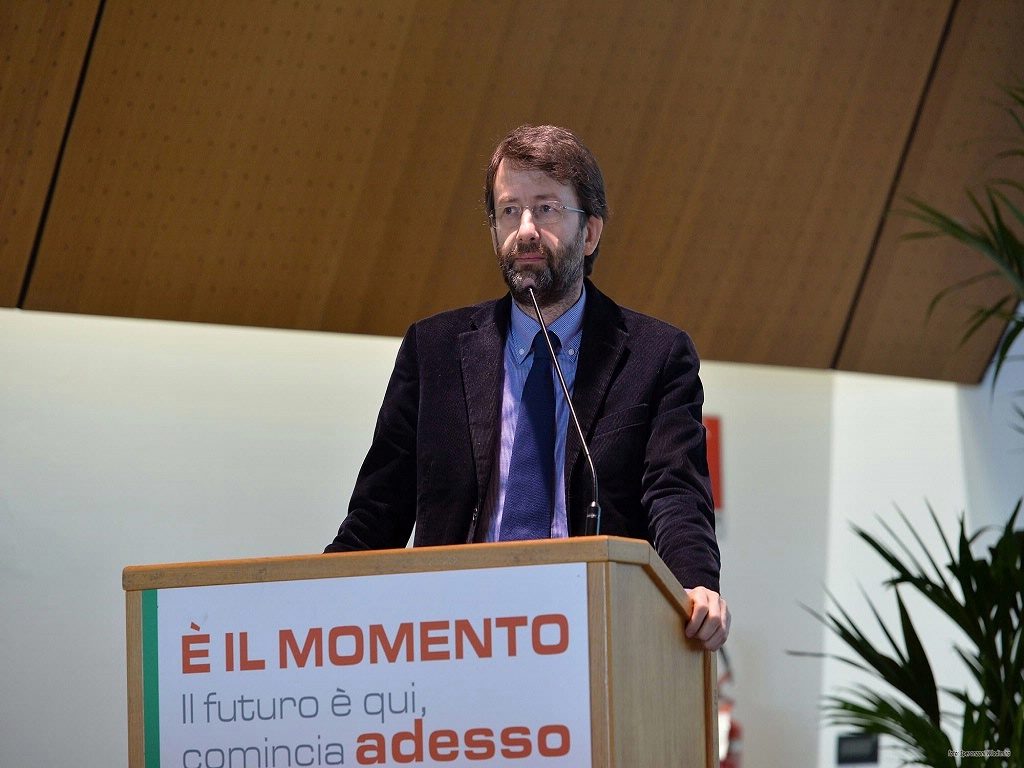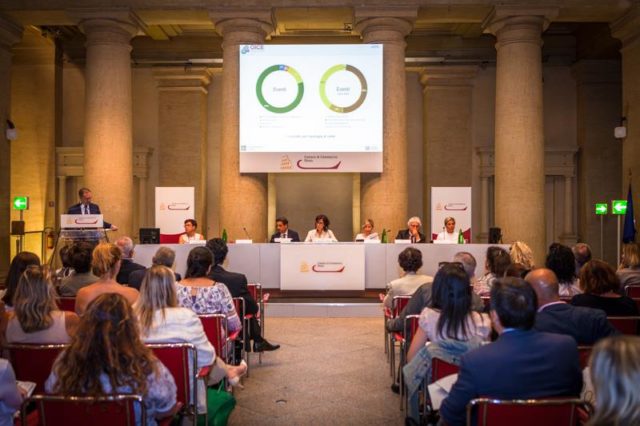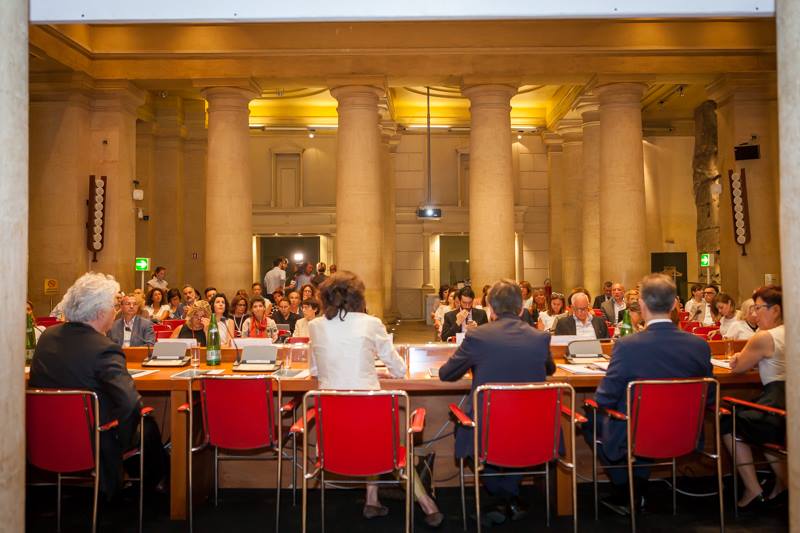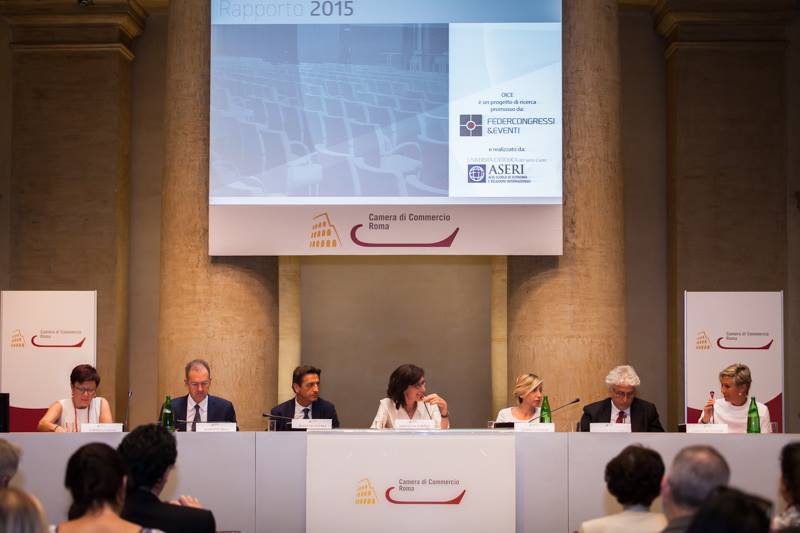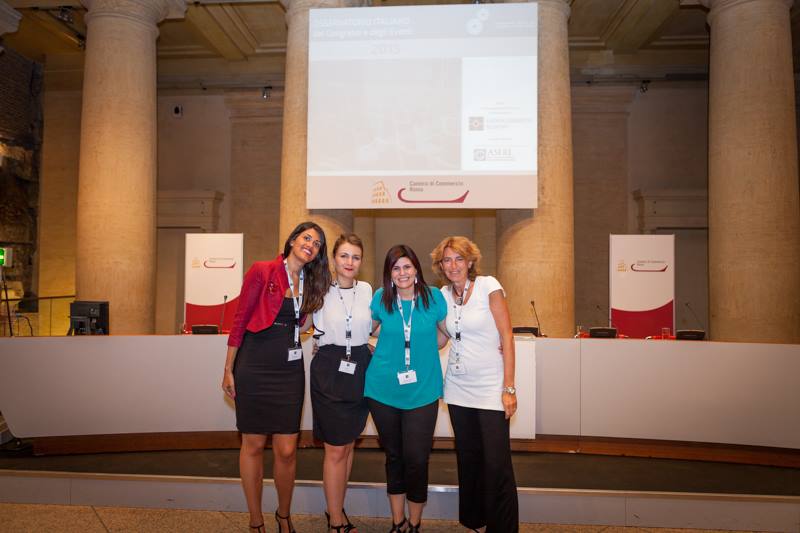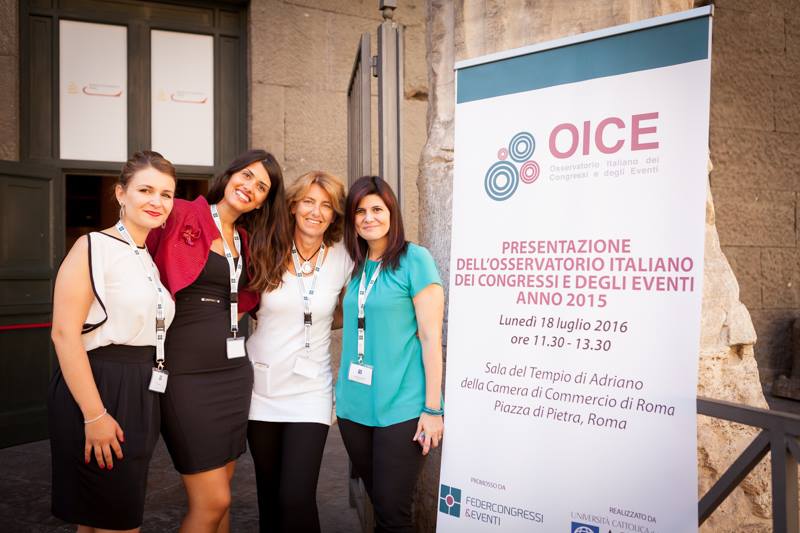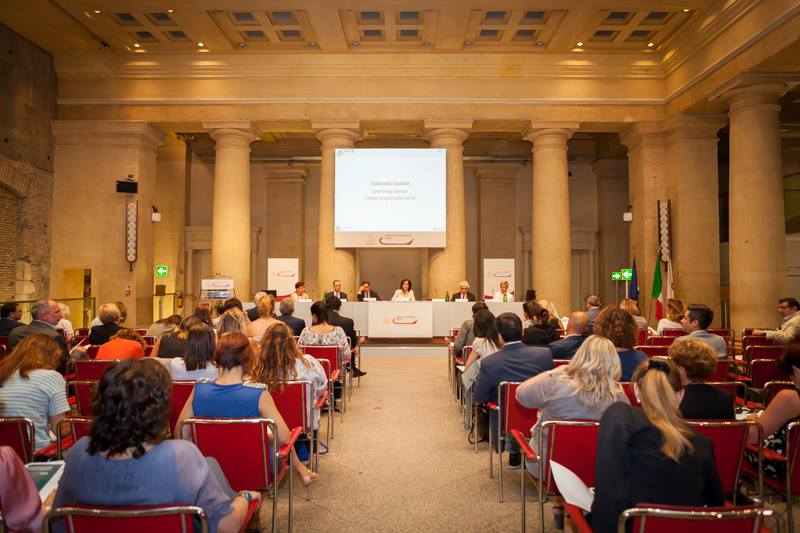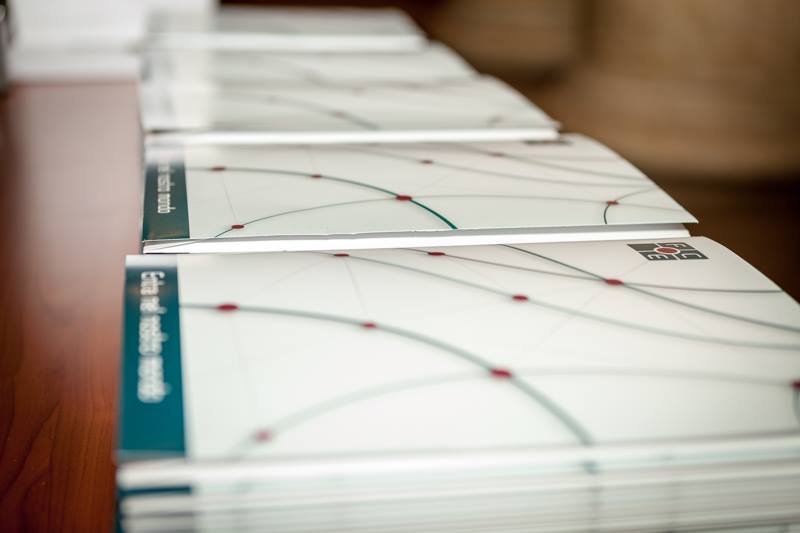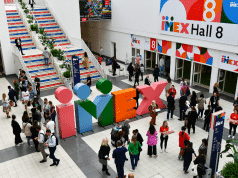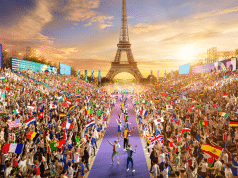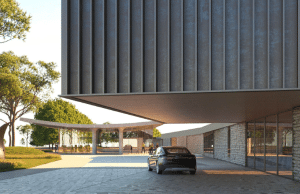[pullquote]Italy played host to a total of 392,658 events.[/pullquote] The Italian conference and events industry is on the right track, as clearly shown by the data: in 2015, the number of meetings grew by11.5%, with an increase of 15% in the total attendance figure. What’s more, overnight stays relating to conferences or events lasting more than one day totalled approximately 25million, equal to 9.6% of the total for hotels in 2015.
The driving forces behind these figures were a freer global economic environment that prompted companies to allocate budgets to events, the training needs of associations and the constant investment made in events venues to provide up-to-date services. The outlook also seems favourable for 2016.
This snapshot of the sector was provided by the Osservatorio Italiano dei Congressi e degli Eventi-OICE (Italian Survey of Conferences and Events), the research project now in its second year promoted by Federcongressi&eventi (the Italian meetings industry association), conducted by the Graduate School of Economics and International Relations of Università Cattolica del Sacro Cuore (ASERI) and coordinated by professor Roberto Nelli.
The study – conducted through an online questionnaire distributed to 5,704 conference and events venues – shows that in 2015, Italy played host to a total of 392,658 events with a minimum of 10 participants each (+11.5% versus 2014), with participants numbering 25,997,260 (+7.3%) and a total attendance figure of 35,155,453 (+15.0%).
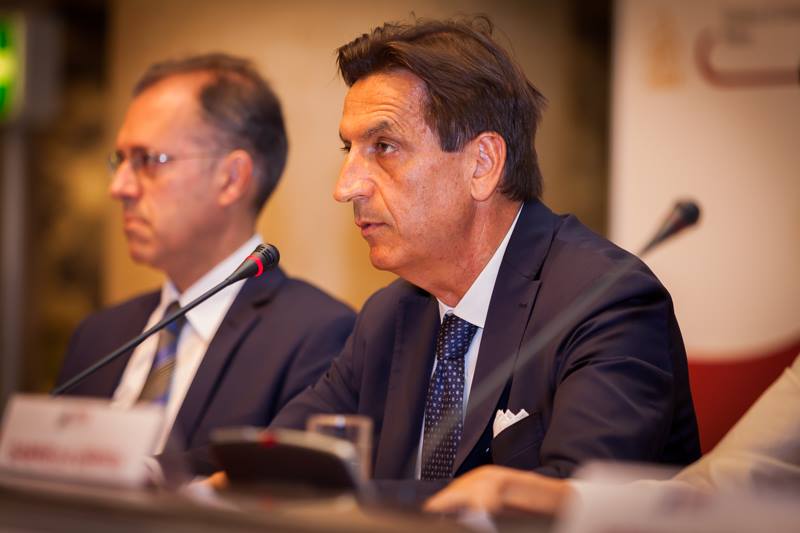
“The second edition of the study supported by the association to constantly monitor the Italian conference and events industry shows that our sector is experiencing constant growth, and is therefore capable of having a significant impact on the country’s economy”, Mario Buscema, chairman of Federcongressi&eventi, explained. “The improved overall market conditions and the commitment of the meetings industry directly both contributed to this positive trend. The recent creation of the national convention bureau, the establishment of strategic local convention bureaus in the last few months and investments made in events venues show the extent to which the sector has become increasingly structured in order to be even more competitive”.
Companies are the main clients
Conferences and events promoted by associations, companies and institutions made up the lion’s share. Overall, they accounted for 87.2% of events, compared with a tiny 5.7% for cultural events and 7.1% for other events.
Among the main three types of client, i.e. companies, associations and institutions, companies were the most active. More than half the events held in Italy in 2015 (55.4%) were promoted by the corporate segment, to stimulate the sales force, to incentivise their employees’ performance and ensure they are always launching new products on the market. Company events accounted for 47% of participants and 49.3% of the total attendance figure.
The trade association also performed well, with conferences in particular representing indispensable opportunities for growth, training and dialogue (especially medical-scientific conferences). The meetings promoted by the associations overall represented 34.8% of events, 41.7% of total participants, and 39.5% of the total attendance figure. Events promoted by governmental, political, municipal and social bodies and institutions comprised 9.8% of total events, 11.3% of participants and 11.2% of the total attendance figure.
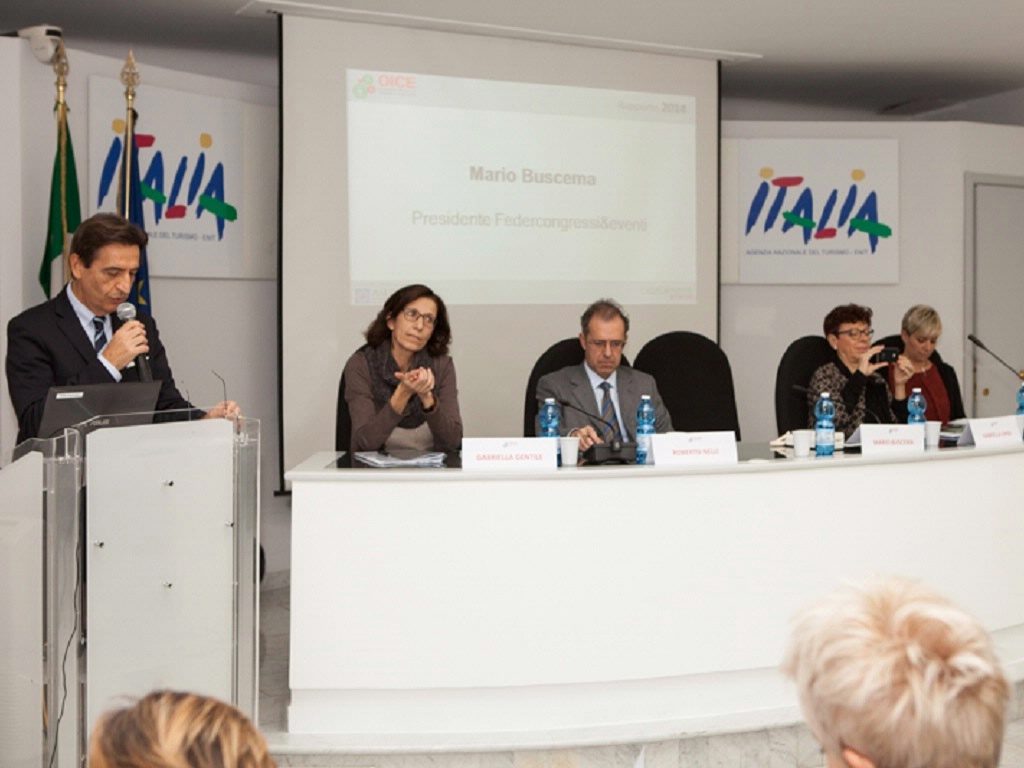
Events still on a local scale
Like last year, conferences and events were mainly local in dimension. The participants at most conferences and events (excluding speakers) mainly came from the same region as the host conference venue (60.8%). 30.1% of events were national in scope, that is with participants (excluding speakers) mainly coming from outside the region.Only 9.1% of events could be classified as international, with a significant number of participants coming from abroad.
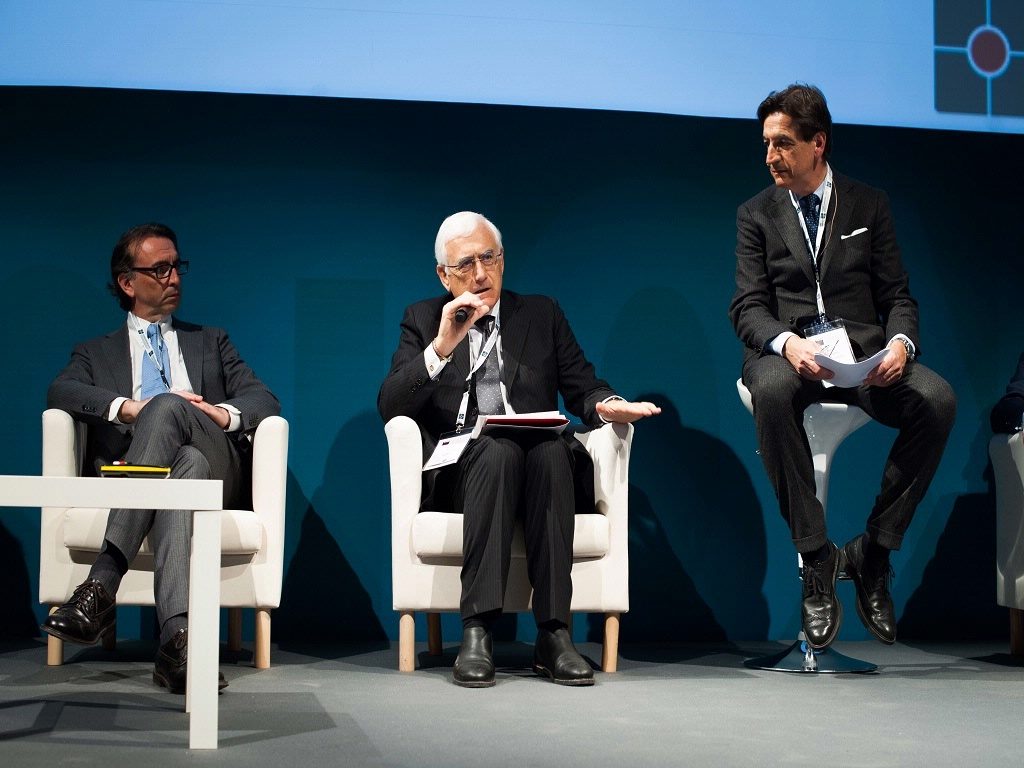
Conferences and events go north
The lack of infrastructure and the fact that destinations are often difficult to get to continue to have a negative impact on southern regions. Although the South and the Islands recorded an 8.9% increase in the number of conferences and events hosted, equal to 16.5% of the total, the North remains the most “appealing” geographical region. 56.1% of all the events recorded were held in northern regions, an increase of 13.7%. Central Italy hosted 27.4% of events, a rise of 8.7%. Supply and demand continue to advance in parallel: half of Italy’s venues are located in the North (52.8%), with 220 venues in Milan;25.9%are located in the Centre, led by Rome and Florence with 400 and 108 venues respectively;13.2% are located in the South and 8.1% in the Islands.
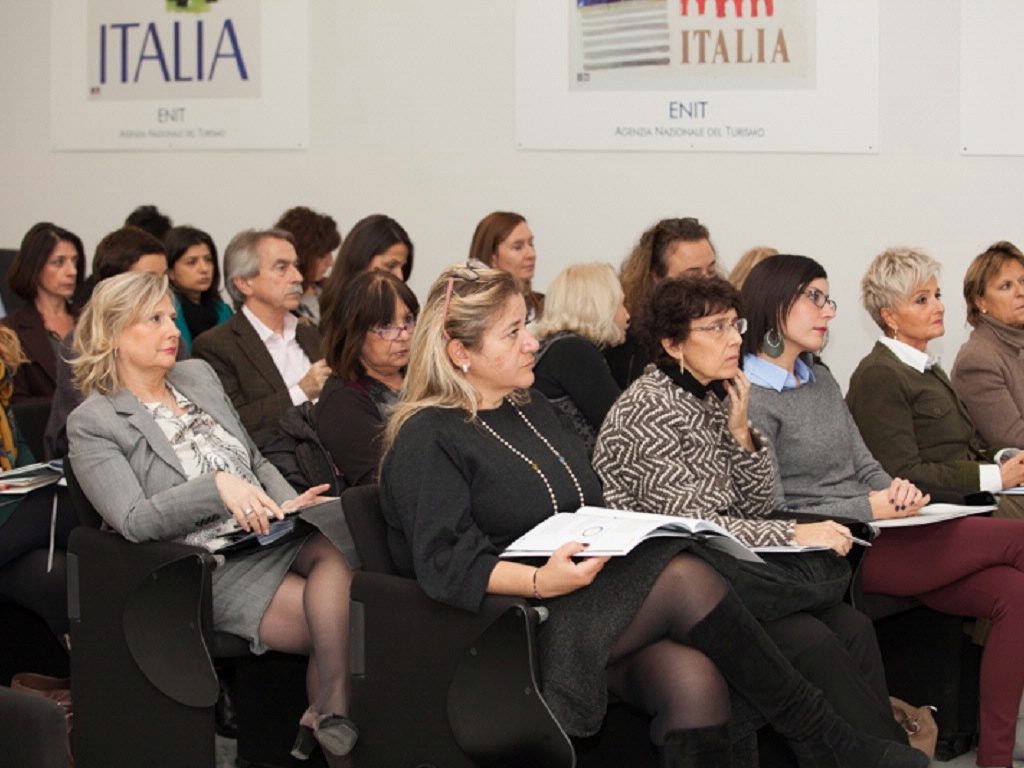
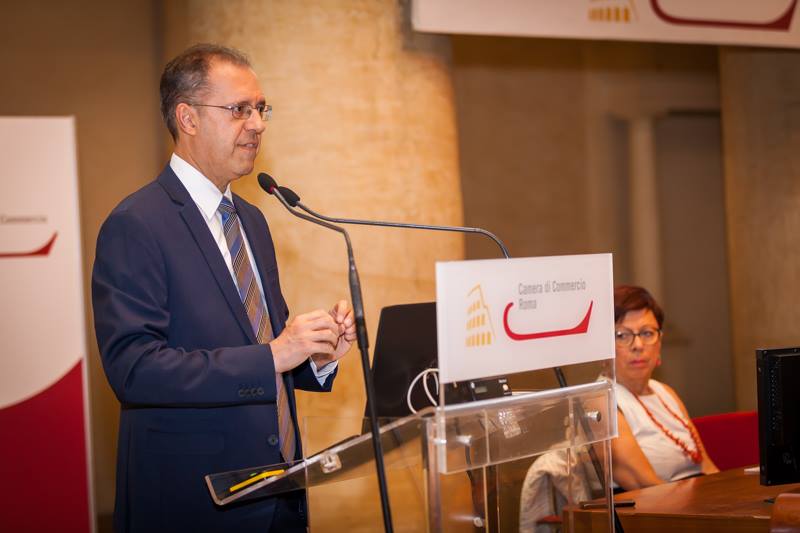
“The wide distribution of events venues over the countryrepresents a great opportunity for Italy”commented Roberto Nelli, chief scientist of the Research Lab on the International Meetings Industry, “not only because of the significant economic value they generate, but because of their potential in terms of cultural and social value, which can be realised through the sharing of knowledge and experiences, and the establishment of new relationships between people: we must invest with greater awareness to embed these values in the regions”.
The central role of hotels
Again in 2015,most events, 79.8%, were held in conference hotels (70.9% of all venues analysed). These venues did not, however,register such high participant(58.6%) and attendance (58.9%) percentages. 3.2% of events were held in historic residences, and 3.6% in conference centres and trade fair conference spaces.
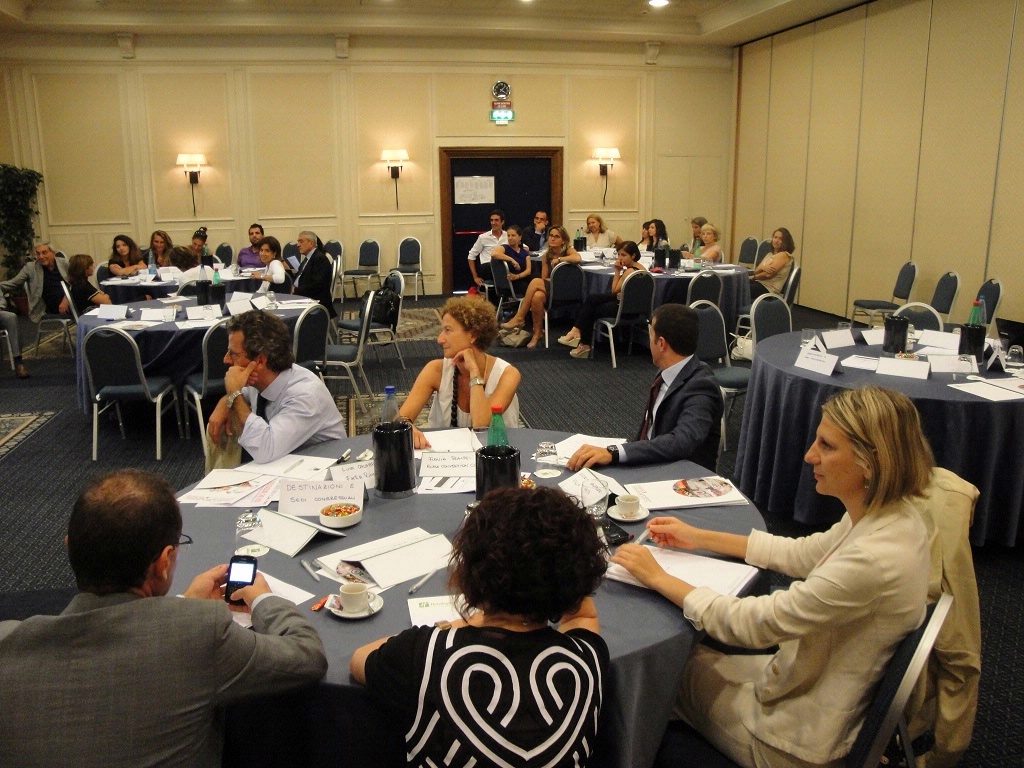
Investmentsand revenues forecasts
Venues continue to improve and are becoming increasingly competitive on the market.In 2015, 60% allocated some of their budget to investments, mainly in technology(67.4%), infrastructure and services (40.3%), structures (36.3%) and human resources (28%). The trend is also set to be confirmed this year: more than half of venues plan to invest, particularly in technology. As regards revenuesforecast for 2016, almost half of the venues (44.7%) said they were optimistic about probable growth, while 42.8% believed that it will remain unchanged.
